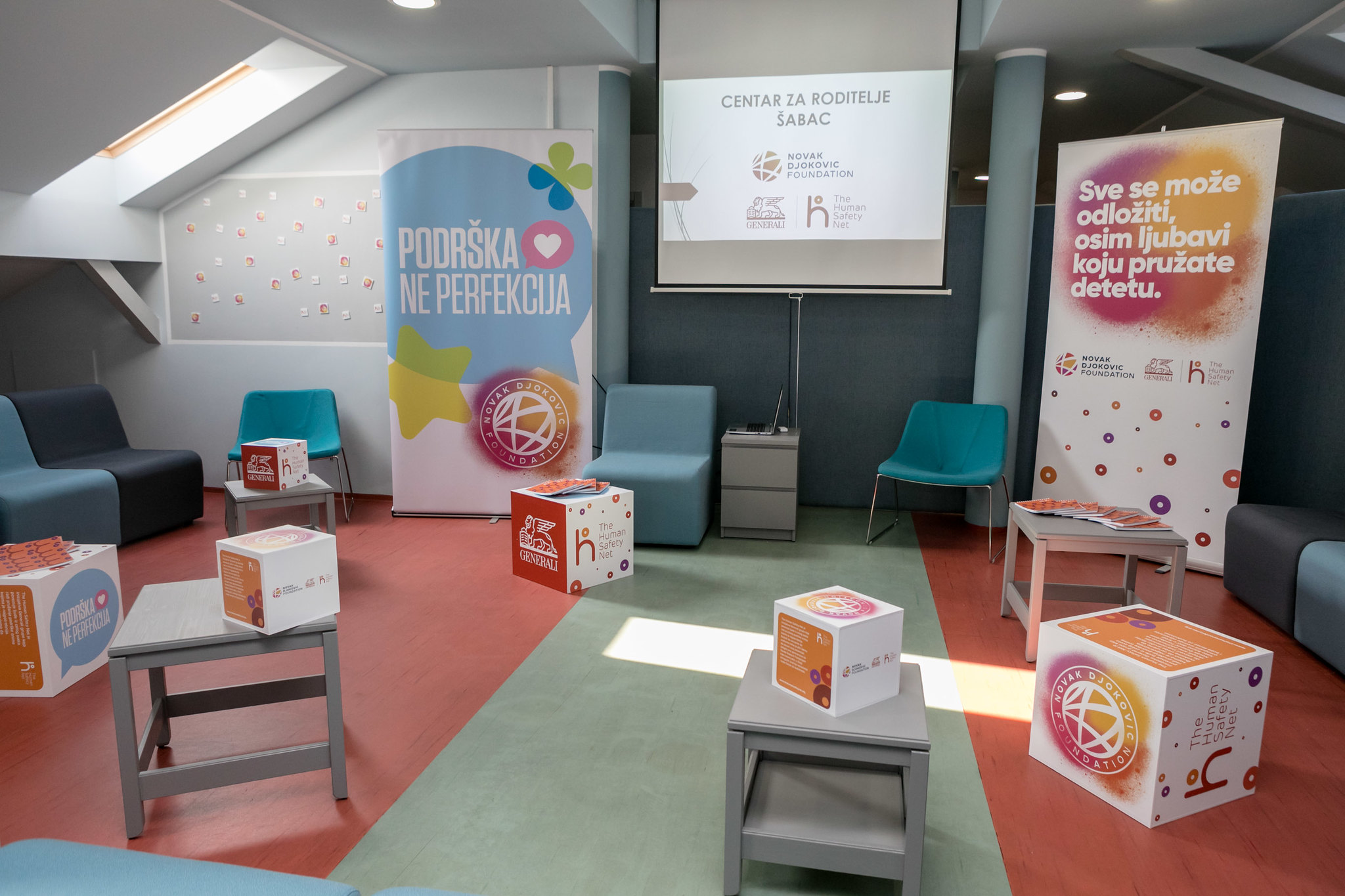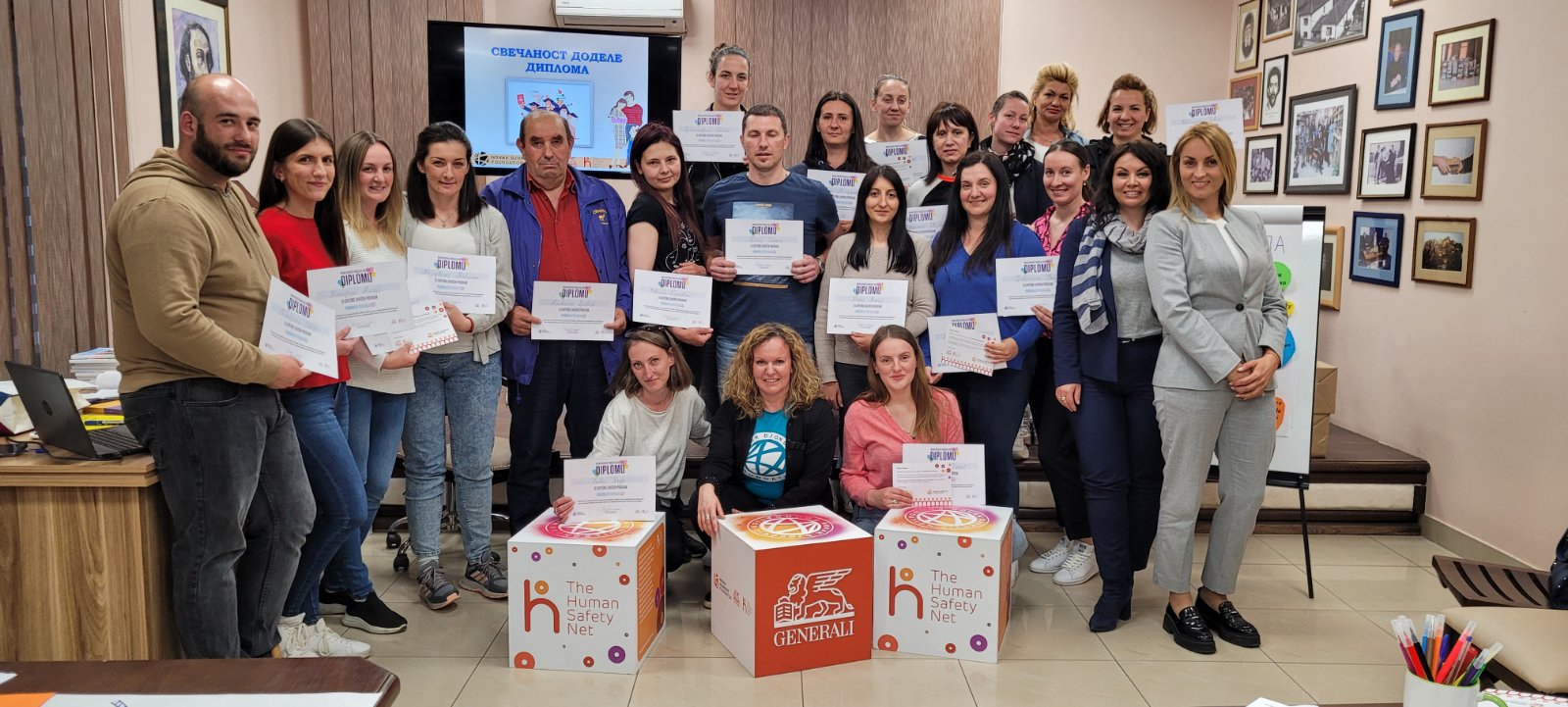In this article, we will explore various innovative teaching strategies and how they can be used to engage and educate young learners.
Education is an ever-evolving field, and teachers are constantly on the lookout for new and creative ways to engage and educate their young learners. Innovative teaching strategies not only make learning fun but also help young students develop a lifelong love for learning.
Education is a vital part of any society, and it plays a critical role in shaping the future of young learners. However, traditional teaching methods may not always be effective in engaging and motivating students, especially in a world that is becoming increasingly digital and fast-paced.

To meet the evolving needs of modern learners, educators must adopt new and innovative teaching strategies that can capture students’ attention and promote active learning
In this article, we will explore various innovative teaching strategies and how they can be used to engage and educate young learners.
Gamification
Gamification is one such innovative teaching strategy that has gained popularity in recent years. It involves using game design elements in non-game contexts, such as education, to engage learners and promote learning. It is a powerful tool that can be used to make learning more fun and engaging for young learners.
Teachers can use educational games to teach a variety of subjects, from math and science to history and literature. Through games, teachers can make learning more interactive, collaborative, and exciting.

By incorporating game-like elements such as points, badges, and leaderboards into the learning experience, teachers can make learning more fun and engaging for students.
When used effectively, gamification can help students develop:
- Critical thinking
- Problem-solving skills
- Collaboration skills
- Increase motivation
- Increase engagement, etc.
Project-Based Learning
Project-based learning is a teaching approach that involves students in a hands-on project that requires them to apply what they have learned in class to solve a real-world problem. It is a student-centered approach to learning that fosters critical thinking, creativity, and collaboration.

Project-based learning can be used to teach any subject. It is particularly effective in teaching:
- Science
- Technology
- Engineering
- Math, etc.
This approach not only promotes critical thinking and problem-solving skills but also encourages creativity and innovation.
Experiential Learning
Experiential learning typically involves learning through direct experience and reflection. It is a hands-on approach to learning that emphasizes the importance of real-world experience in the learning process.
This approach can be used to teach a variety of subjects, from science and math to art and music. Experiential learning can take many forms, such as field trips, simulations, and experiments.
By engaging students in experiential learning, teachers can help them develop critical thinking, problem-solving, and decision-making skills while encouraging creativity and curiosity.
Technology-Based Learning
Technology-based learning involves using technology to enhance the learning experience. It can be used to deliver educational content in a variety of formats, from videos and animations to interactive simulations and virtual reality.
Technology-based learning can be particularly effective in teaching science, technology, engineering, and math (STEM) subjects, as well as languages, social studies, and other subjects. By incorporating technology into the learning process, teachers can make learning more engaging, interactive, and personalized.

This teaching approach can take many forms, from videos and animations to interactive simulations and virtual reality. Technology-based learning can be used to deliver educational content in a variety of formats, making it more engaging and interactive for students.
Teaching Medicine Students
Educating individuals pursuing careers in the medical field necessitates a unique instructional approach due to the intricate and demanding nature of medical education. Nonetheless, medical educators can enhance the appeal and involvement of their students in the learning process by adopting innovative pedagogical techniques.
Furthermore, it is imperative to equip medical students not only with extensive theoretical knowledge but also the competencies vital to thriving in their prospective professions. Such proficiencies encompass readiness for and triumph in significant assessments evaluating their clinical aptitude and hands-on proficiency.
Final Thoughts
Ultimately, innovative teaching strategies can make learning more engaging, interactive, and personalized for young learners. Teachers can use these strategies to teach a variety of subjects and promote critical thinking, problem-solving, and overall creativity.
About the Author: With over 7 years of experience as a content specialist, Maggie Tyrant excels at creating impactful written materials that drive results. From persuasive sales copy to optimized website content, her expertise lies in crafting engaging and effective communication for businesses. With a keen eye for detail and a strategic approach, Maggie delivers content that engages, informs, and converts.

















